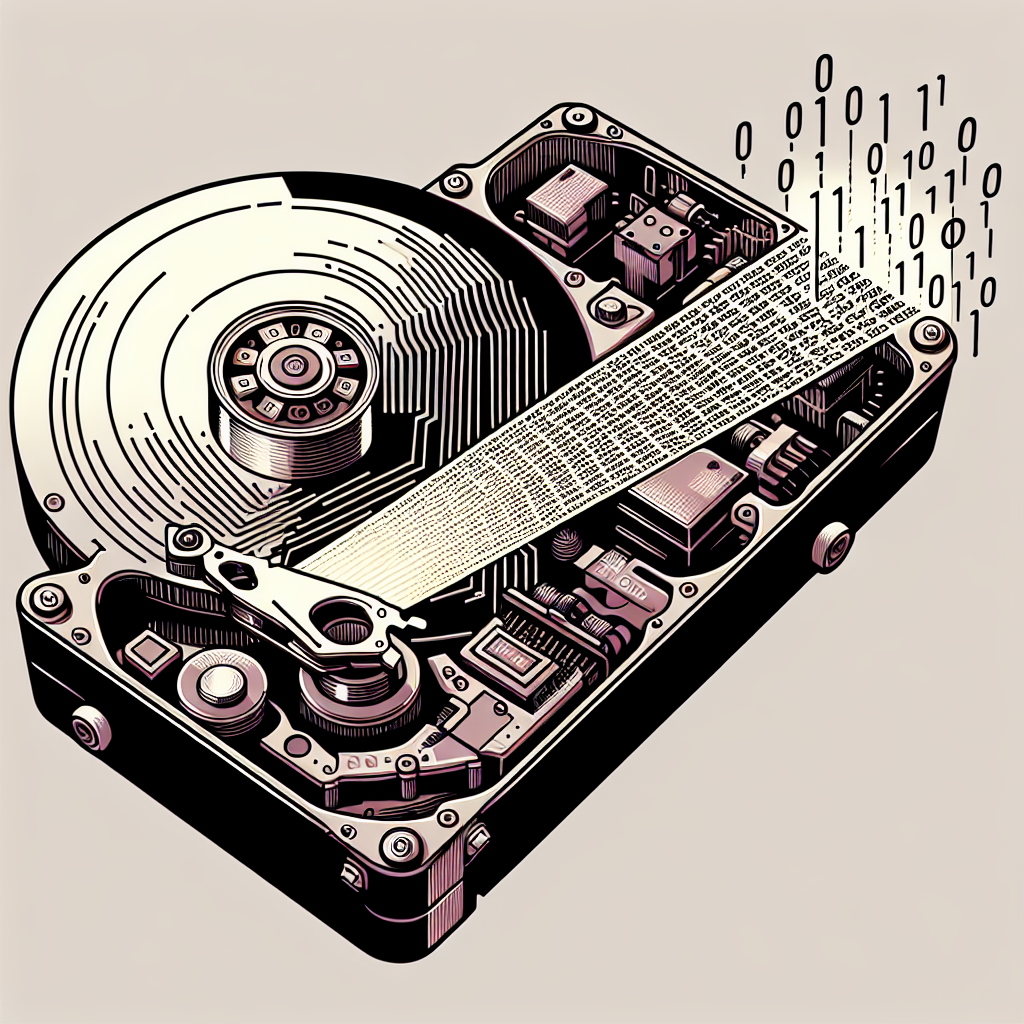Your cart is currently empty!
Understanding the Mechanics of a Hard Disk Drive: How Data is Stored and Accessed

A hard disk drive (HDD) is a critical component of any computer system, responsible for storing and accessing data. Understanding the mechanics of a hard disk drive can help users appreciate how data is stored and accessed on their computers.
At its core, a hard disk drive consists of several key components that work together to store and retrieve data. These components include platters, read/write heads, a spindle, and a motor.
The platters are the circular disks inside the hard drive where data is actually stored. These platters are coated with a magnetic material that allows data to be written and read using the read/write heads. The read/write heads are small electromagnets that move across the surface of the platters to read and write data.
The spindle is the mechanism that spins the platters at high speeds, typically between 5,400 and 7,200 revolutions per minute. This high-speed rotation is crucial for accessing data quickly and efficiently. The motor is responsible for spinning the spindle and keeping the platters in constant motion.
When data is written to a hard disk drive, the read/write heads magnetize small regions on the platters to represent binary data. The data is stored in sectors, which are small, fixed-size units of storage on the platters. Each sector is typically 512 bytes in size.
When data needs to be accessed, the read/write heads move to the appropriate location on the platters and read the magnetic signals to retrieve the data. The speed at which data can be read or written is determined by the rotational speed of the platters, the seek time (the time it takes for the read/write heads to move to the correct location), and the transfer rate of the drive.
Understanding the mechanics of a hard disk drive can help users appreciate the complexity and precision of these devices. By understanding how data is stored and accessed on a hard disk drive, users can make informed decisions about how to best manage and optimize their storage systems.
In conclusion, the mechanics of a hard disk drive are crucial for understanding how data is stored and accessed on a computer system. By familiarizing themselves with the key components and processes involved in a hard disk drive, users can better appreciate the importance of these devices in their everyday computing tasks.

Leave a Reply